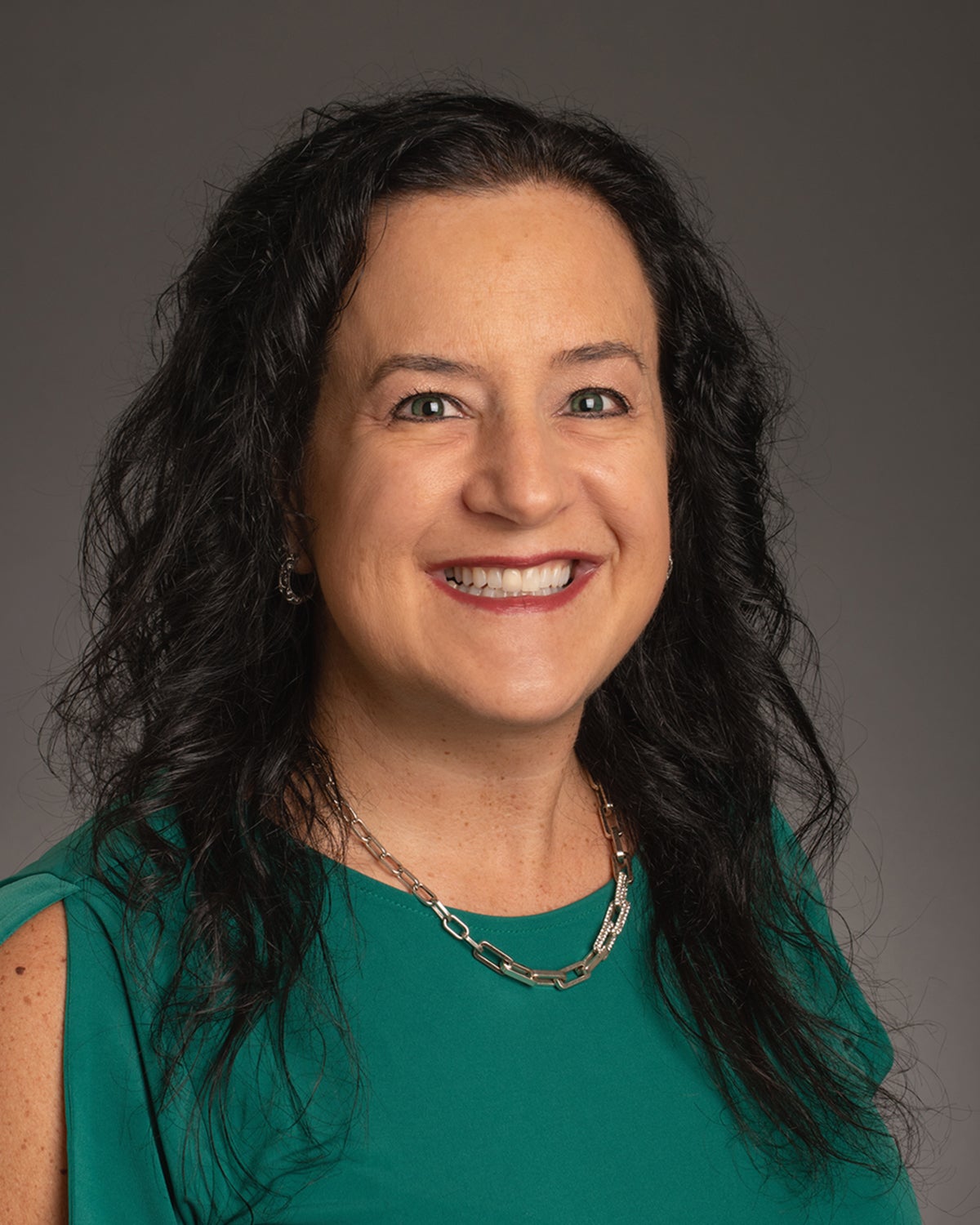Introduction
Without continuous reinforcement strategies, students often forget a significant part of what they learn after a course, throughout a program of study and post-graduation. What can faculty do to help students retain and transfer what they are learning after they have completed a course or graduated from their program? This was the challenge the Department of Radiological Sciences faced when they launched their new online Advanced Medical Imaging (AMI) program in fall 2022, according to Natalie Mourant Hodges, degree coordinator of the AMI program. The program is designed to prepare radiologic technologists or other healthcare providers around the country to succeed in the field of advanced medical imaging.
-

Natalie Mourant Hodges - The challenge: knowledge retention and credentialing exam preparation
Upon entering the AMI program, students choose a specialization within the field of medical imaging to complete the associate-to-bachelor’s degree or an undergraduate certificate while performing clinicals in their local area. Each of the program’s specializations has multiple national credentialing exam options students can take to qualify for employment. However, there are several challenges students face when preparing for these exams. First, the exams are notoriously challenging and cover a wide body of knowledge. Second, unlike other professions that offer exam preparation courses and materials, the medical imaging field lacks sufficient resources for this wide variety of credentialing. Third, students need to retain what they are learning not just from course to course, but well after graduation since some exams may require the graduates to work in the field first.
With these challenges in mind, Boise State’s AMI program made a goal to prepare and qualify students to take the different credentialing exams. “In order to address the needs of each specialty, we found ourselves in the position of needing to assist our students with retaining their new knowledge and skills for a period of time before taking their credentialing exams. This timeframe is unique to each student and their clinical situation,” explains Mourant Hodges.
The solution: student self-generated learning repositories
From the beginning of the program and the design of each course, Mourant Hodges knew she wanted to focus on helping students prepare for the credentialing exams and retain knowledge. In order to come up with a strategy to do this, she consulted with Megan Koster, department chair for the Department of Respiratory Care, Michael Kohntopp, instructional design consultant with eCampus Center, and faculty from the Department of Radiologic Sciences. Based on her research and consultations, Mourant Hodges arrived at three strategies. The first was to provide students continued access in Canvas to all the online courses taken for the AMI program while enrolled at Boise State. This allows the students to return to the courses at any time during the program to review concepts. Second, as students progress through the program, content was reinforced and assessments were repeated to keep fundamental principles fresh in their minds. The third strategy was to have students create and manage their own digital learning repositories.
The student-generated learning repository was key to helping students begin their exam preparation and curation of resources throughout their studies in the program and beyond. In one of the introductory courses, students are required to create a Google Sites webpage to use as their repository. To help them out, students are provided with a template to use to structure their repository. Throughout the program, in each course, students are provided multiple opportunities to collect and create their own study resources. As they choose credentialing exams they plan to take, they can add their own uniquely created study guides and projects to their sites. One of the benefits of having this in Google Sites is the students can continue to collect and curate resources after graduation as they prepare for future credentialing exams.
Conclusion
Faculty in online or campus-based programs that don’t have external exam preparation resources may find that this approach works well for their students. These strategies provide a way to ensure high first-time pass rates for students that will enhance the reputation of the academic program and boost enrollment numbers.
Resources
- Learn more about the Online Advanced Medical Imaging degree.
- Please contact Natalie Mourant Hodges if you have questions about the approach outlined in this article.
- For help designing and teaching an online course, contact eCampus Center and request a consultation.
Article Credit
Thanks to professor Natalie Mourant Hodges and Michael Kohntopp, the eCampus instructional design consultant who worked with Natalie to design her courses.